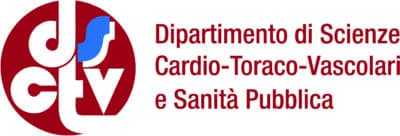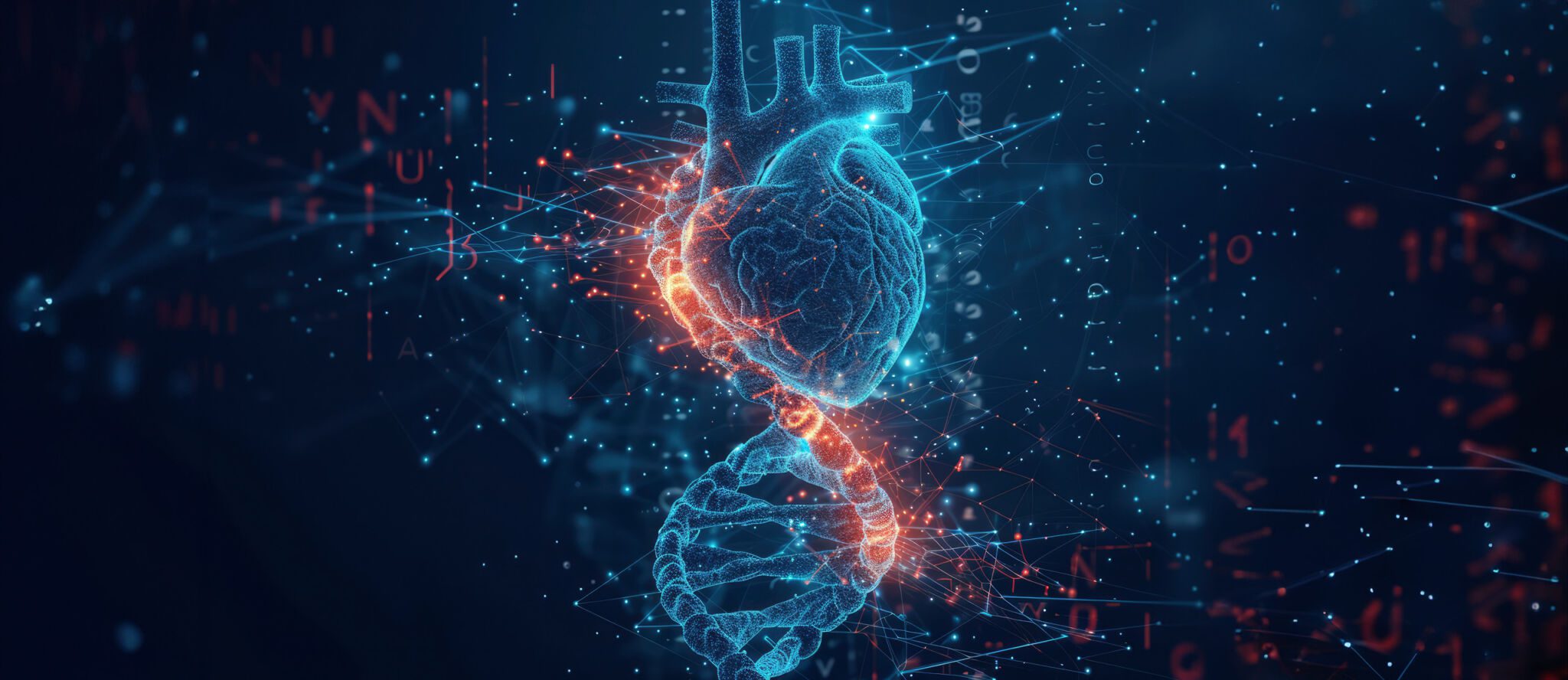

The Master in Rare Arrhythmic Cardiac Diseases: Clinical, Diagnostic, and Therapeutic Aspects covers the topic of rare cardiovascular system diseases, with a low incidence in general population, and a significant impact on the patients and their families’ quality of life. Moreover, a significant number of rare cardiac diseases is characterized by the presence of ventricular arrhythmias subject to a risk of sudden death, especially by young patients.
For this reason, it is vitally important for doctors to have the right tools to identify the signs and symptoms of this group of cardiac diseases early on, as their prompt recognition has significant effects in terms of early diagnosis.
Therefore, the Master provides an overview on rare arrhythmia cardiac diseases, by describing the clinical and instrumental characteristics, the genetic bases, the diagnostic process and the current therapeutic thoughts in detail.
The Master in Rare Arrhythmic Cardiac Diseases: Clinical, Diagnostic, and Therapeutic Aspects provides theoretical-practical knowledge on Rare Arrhythmia Cardiomyopathies, in order to make students independent in managing those diseases, not so frequent in day-to-day clinical practice, and yet with a high health and social impact due to the involvement of young patients and their families.
These goals are reached through synchronous online lessons, which provide the theoretical fundamentals and present clinical cases.
The course is structured in lessons and presentations of clinical cases, supported by complete iconography of the different cardiology examinations that lead to the diagnosis. Possible treatment options will be discussed.
All the lessons will include a space to interact and debate with the other Master students. The course educational material will be supplied at the end of each lesson.
The Master in Rare Arrhythmic Cardiac Diseases: Clinical, Diagnostic, and Therapeutic Aspects is addressed to graduates in Medicine and Surgery, and to doctors specializing in Cardiology, Paediatrics, Sport Medicine, and Internal Medicine. At the end of the course, students will acquire in-depth knowledge of the diagnostic and therapeutic path, in patients with suspected rate arrhythmic cardiomyopathy, as well as skills in indicating and interpreting the appropriate instrumental exams and genetic tests.
The knowledge acquired by students during the course may be used both to assess patients diagnosed with rare arrhythmic cardiac diseases, and those with a familiarity for arrhythmic cardiac diseases and/or sudden death.
The Master in Rare Arrhythmia Cardiac Diseases: Clinical, Diagnostic, and Therapeutic Aspects prepares students on:
Lesson 1: Arrhythmic Cardiomyopathies: Historical Aspects and Different Classifications
The evolution of knowledge on the pathophysiological bases of rare arrhythmic cardiomyopathies over the years and different classification approaches. Discussion on the latest ESC guidelines for arrhythmic cardiomyopathies.
Lesson 2: Arrhythmogenic Cardiomyopathy
Genetic and pathological basis of the disease. Clinical aspects.
Multimodal diagnostics in arrhythmogenic cardiomyopathy (echocardiography, cardiac MRI, and angiography-CT).
Medical therapy aspects and indications for a defibrillator.
Lesson 3: Arrhythmogenic Cardiomyopathy, Unique Clinical Scenarios
Arrhythmogenic cardiomyopathy in pediatric patients.
Pregnancy in patients with arrhythmogenic cardiomyopathy.
Diagnosis and management of heart failure in patients with arrhythmogenic cardiomyopathy.
Lesson 4: Dilated Cardiomyopathy
Diagnosis of dilated cardiomyopathy in light of current guidelines.
Dilated cardiomyopathy linked to gene variants: DSP, LMNA, FLN, DES, TTN, RBM20.
Risk stratification for arrhythmias in genetically determined dilated cardiomyopathy.
Multimodal imaging in dilated cardiomyopathy.
Lesson 5: Arrhythmic Mitral Valve Prolapse
Arrhythmic mitral valve prolapse: common or rare pathology?
Ventricular arrhythmias in valve prolapse: diagnosis and therapy.
Cardiac MRI in arrhythmic mitral valve prolapse.
Lesson 6: Hypertrophic Cardiomyopathy
Genetic basis of sarcomeric hypertrophic cardiomyopathy.
Clinical, diagnostic, and therapeutic aspects.
Lesson 7: Fabry Disease
Clinical, diagnostic, and therapeutic aspects of Fabry disease.
Lesson 8: Cardiac Amyloidosis
Classification of cardiac amyloidosis. Clinical, diagnostic, and therapeutic aspects.
Lesson 9: Cardiac Involvement in Dystrophinopathies
Duchenne and Becker muscular dystrophy. Limb girdle dystrophy and myotonic dystrophy. Cardiomyopathy in mitochondrial diseases.
Lesson 10: Long QT Syndrome
Diagnosis and therapy. Management of pediatric patients.
Short QT syndrome: diagnosis and therapy.
Lesson 11: Brugada Syndrome
Historical aspects of Brugada syndrome diagnosis.
Electrocardiographic diagnosis and arrhythmic risk stratification.
Lesson 12: Catecholaminergic Ventricular Arrhythmias
Exercise-induced arrhythmias: diagnosis and clinical approach.
Genetic catecholaminergic arrhythmias: diagnostic and therapeutic aspects.
Lesson 13: Rare Arrhythmic Cardiopathies and Sports
Rare arrhythmic cardiopathies and sports: an impossible combination?
Exercise prescription for patients with rare arrhythmic cardiopathies.
The general ranking of merit will be published on the Italian page of this Master according to the timing provided in the Call.
Information
FAQ
Lessons will be held once a month, with lessons on the morning (9:00 AM – 1:00 PM), following by discussions on clinical cases on the afternoon (2:00-4:00 PM).
Lessons will be held in synchronous mode.
Lessons will be recorded and made available to students.
There will be an allotted space at the end of each lesson, and at the end of each clinical case, to ask the relevant questions to the lecturers.

